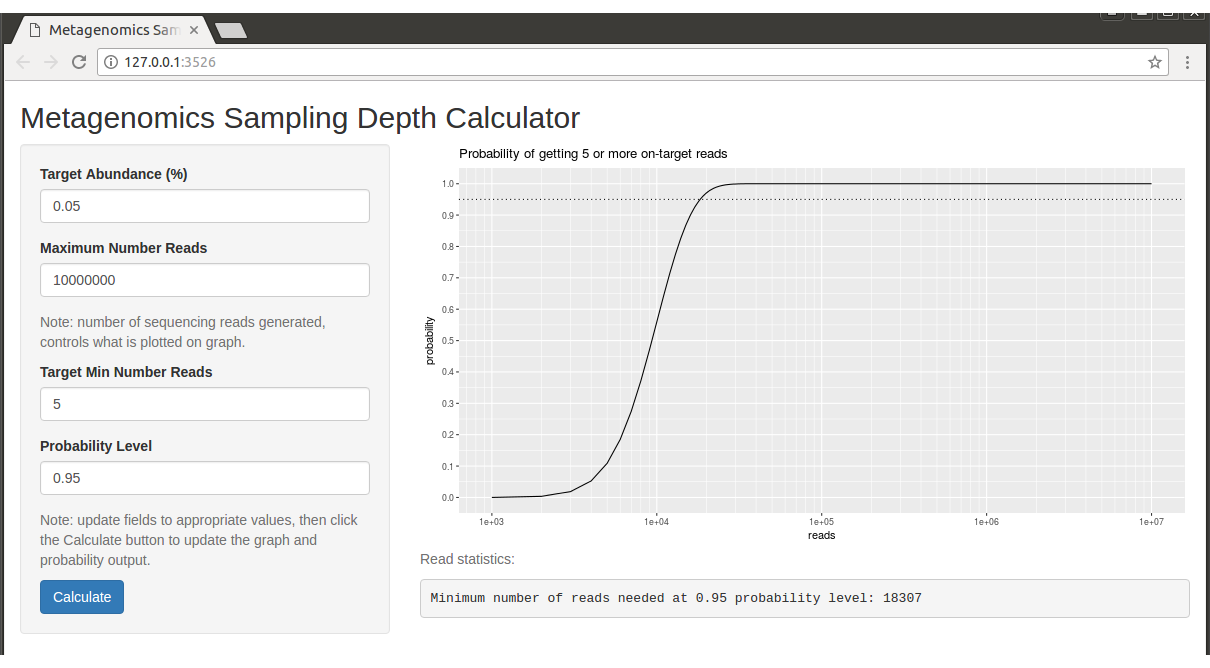undiagnosed
Senior Member
- Messages
- 246
- Location
- United States
There are many people posting on multiple internet forums with persistent symptoms following an exposure to various body fluids. This thread is the new home of a conversation started here. Available clinical tests have not found an explanation. Those affected are contributing metagenomic sequencing data to facilitate a peer-to-peer investigation to attempt to find possible etiologies. If you would like to participate by contributing data, please request a kit for the appropriate sample type from Aperiomics.
A wiki page containing a directory of contributed data files, bioinformatic tool usage instructions, and other information is available here. If you would like to contribute to the wiki you can either create a GitHub account and request edit permissions or clone the repository and make a pull request.
I am working on my own case but would also like to have more time to help out others. If you would like to enable me to spend more time to help you with your own investigation, give advice on bioinformatics tools, etc. please support me on my Patreon page. I am currently doing a literature review on the latest metagenomic methods and experimenting with various tools to find the best approaches for our needs.
A wiki page containing a directory of contributed data files, bioinformatic tool usage instructions, and other information is available here. If you would like to contribute to the wiki you can either create a GitHub account and request edit permissions or clone the repository and make a pull request.
I am working on my own case but would also like to have more time to help out others. If you would like to enable me to spend more time to help you with your own investigation, give advice on bioinformatics tools, etc. please support me on my Patreon page. I am currently doing a literature review on the latest metagenomic methods and experimenting with various tools to find the best approaches for our needs.
Last edited:





